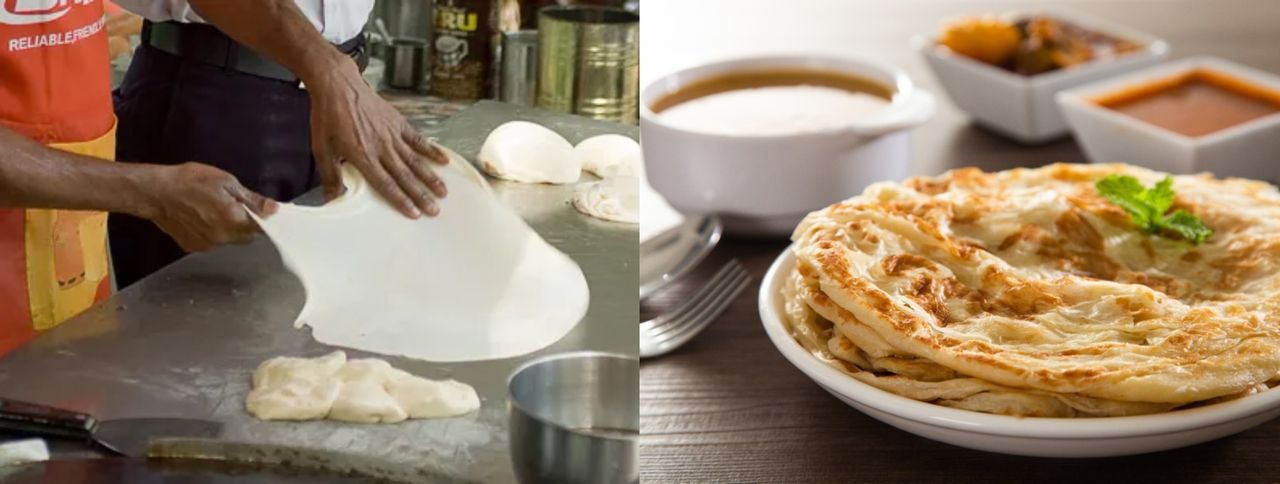WHAT goes up must come down. As such, will roti canai outlets reduce the price of the so-called Malaysian breakfast staple proportionate to the fall of world grain prices in recent times which is highly expected to rub on the entire food chain?
Even the Government through the Jihad Against Inflation special task force has set a lower ceiling price for 5kg bottles of pure palm oil used for cooking starting Aug 8 with the initial price set at RM34.70 – from the current range of RM39 to RM42 each.
Amid soaring wheat flour and cooking oil prices – both of which are key ingredients in the preparation of the fluffy ‘flatbread’ known also as pratha – many neighbourhood mamak restaurants have been passing down the cost increase to their diners at exorbitant prices ranging anywhere from RM1.30-RM1.70 if not more (RM2 and above at posh eateries).
In its latest economic report. Fitch Ratings highlighted that global grain prices have fallen sharply in recent weeks, raising the prospect of a sharp drop in annual CPI (consumer price index) food inflation next year.
“Grain prices surged at the start of the Ukraine war on supply concerns but there is renewed optimism that other countries will step up production,” the top three international rating agency pointed out.
“This week’s shipment by Ukraine could add some 20 million tonnes of grains to global supply, a significant share of the 45 million tonnes of grain that Ukraine exported last year. Australia is forecast to produce another bumper wheat harvest this year.”
More broadly, global macro factors are also driving grain prices lower. Hawkish policy tightening moves by the US Federal Reserve have raised fears of recession and a marked global economic slowdown next year.
“The Fed stance has lifted the US dollar index to a two-decade high. Given the inverse relationship with commodities, a rise in the US dollar has contributed to a large fall in agricultural commodities,” projected Fitch Ratings.
“The slowdown in global industrial production is also consistent with softer commodity prices ahead.”
Nevertheless, the rating agency did foresee some upward risks to food prices. While prices of fertilisers have moderated, the surge in European natural gas prices (used in the making of fertilisers) to all-time highs could reverse that trend and affect crop yields. Moreover, the return of La Niña later this year could also disrupt harvests.
“(On the bright side), the United Nation’s (UN) FAO food price index has already started to stabilise,” observed Fitch Ratings.
“If we assume that the UN index remains unchanged at its June level and project this into next year, the resulting slowdown in UN food inflation would be consistent with a sharp fall back in annual food CPI in inflation in 2023.” – Aug 4, 2022




